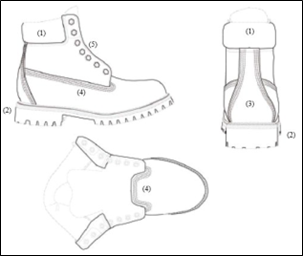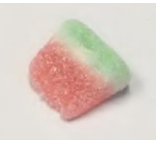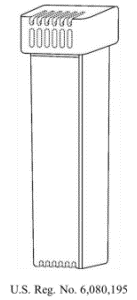The US Court of Appeals for the Federal Circuit affirmed a Trademark Trial & Appeal Board decision canceling trademarks for the color pink for ceramic hip components, stating that substantial evidence supported the Board’s findings that the color pink as used in the ceramic components was functional. CeramTec GmbH v. CoorsTek Bioceramics LLC, Case No. 23-1502 (Fed. Cir. Jan. 3, 2025) (Lourie, Taranto, Stark, JJ.)
Trademarks cannot be functional. The functionality doctrine prevents the registration of useful product features as trademarks. As explained by the Supreme Court (1995) in Qualitex v. Jacobson Prods.:
The functionality doctrine prevents trademark law, which seeks to promote competition by protecting a firm’s reputation, from instead inhibiting legitimate competition by allowing a producer to control a useful product feature. It is the province of patent law, not trademark law, to encourage invention by granting inventors a monopoly over new product designs or functions for a limited time, 35 U.S.C. §§ 154, 173, after which competitors are free to use the innovation. If a product’s functional features could be used as trademarks, however, a monopoly over such features could be obtained without regard to whether they qualify as patents and could be extended forever (because trademarks may be renewed in perpetuity).
CeramTec manufactures ceramic hip components made from zirconia-toughened alumina (ZTA) ceramic containing chromium oxide (chromia). The addition of chromia gives the ceramic a characteristic pink color. CeramTec obtained trademarks for the pink color as used in these components. CoorsTek Bioceramics, a competitor, challenged the trademarks, arguing that the pink color of the ceramic was functional. The Board agreed, finding that the pink color was functional because it resulted from the addition of chromia, which provided material benefits to the ceramic, such as increased hardness. CeramTec appealed.
The Federal Circuit applied the four-factor Morton-Norwich (CCPA 1982) test to determine functionality:
- Existence of a utility patent
- Advertising materials
- Availability of functionally equivalent designs
- Comparatively simple or cheap manufacture.
The Federal Circuit found the first and second Morton-Norwich prongs were strongly in CoorsTek’s favor, as CeramTec held multiple patents that disclosed the functional benefits of chromia, such as toughness, hardness, and stability of the ZTA ceramic. Similarly, the Court found that CeramTec had multiple advertising materials that promoted its product’s functional advantages.
The Federal Circuit found that there was no evidence of alternative designs that were functionally equivalent to the pink ZTA ceramic, rendering the third factor neutral. The Court also found the fourth factor neutral because there was conflicting evidence regarding whether chromia reduced manufacturing costs.
Finally, CeramTec argued that CoorsTek should be precluded from challenging the trademarks based on the doctrine of unclean hands. The Federal Circuit acknowledged that the Board spoke too strongly in suggesting that the unclean hands defense is categorically unavailable in functionality proceedings but found any error to be harmless. The Court confirmed that the Board had adequately considered the defense and found it inapplicable in this case.
read more


 Subscribe
Subscribe





